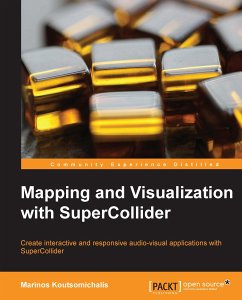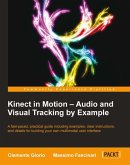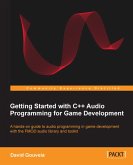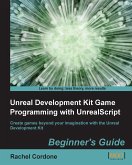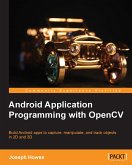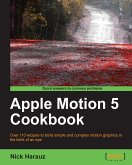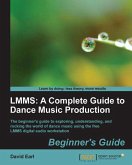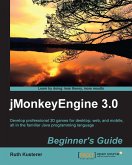SuperCollider is an environment and programming language used by musicians, scientists, and artists who work with audio-files SuperCollider has built-in graphical features which are used in conjunction with the sound synthesis server to create audio-visual mapping and sound visualization. If you wish to create data visualizations by acquiring data from audio and visual sources, then this book is for you.Digital sound artists need to analyze, manipulate, map, and visualize data when working on a scientific or an artistic project. As an artist, this book, by means of its numerous code examples will provide you with the necessary knowledge of SuperCollider's practical applications, so that you can extract meaningful information from audio-files and master its visualization techniques. This book will help you to prototype and implement sophisticated visualizers, sonifiers, and complex mappings of your data.This book takes a closer look at SuperCollider features such as plotting and metering functionality to dispel the mysterious aura surrounding the more advanced mappings and animation strategies. This book also takes you through a number of examples that help you to create intelligent mapping and visualization systems. Throughout the course of the book, you will synthesize and optimize waveforms and spectra for scoping as well as extract information from an audio signal. The later sections of the book focus on advanced topics such as emulating physical forces, designing kinematic structures, and using neural networks to enable you to develop a visualization that has a natural motion with structures that respect anatomy and which come with an intelligent encoding mechanism. This book will teach you everything you need to work with intelligent audio-visual systems to extract and visualize audio-visual data.
Bitte wählen Sie Ihr Anliegen aus.
Rechnungen
Retourenschein anfordern
Bestellstatus
Storno

